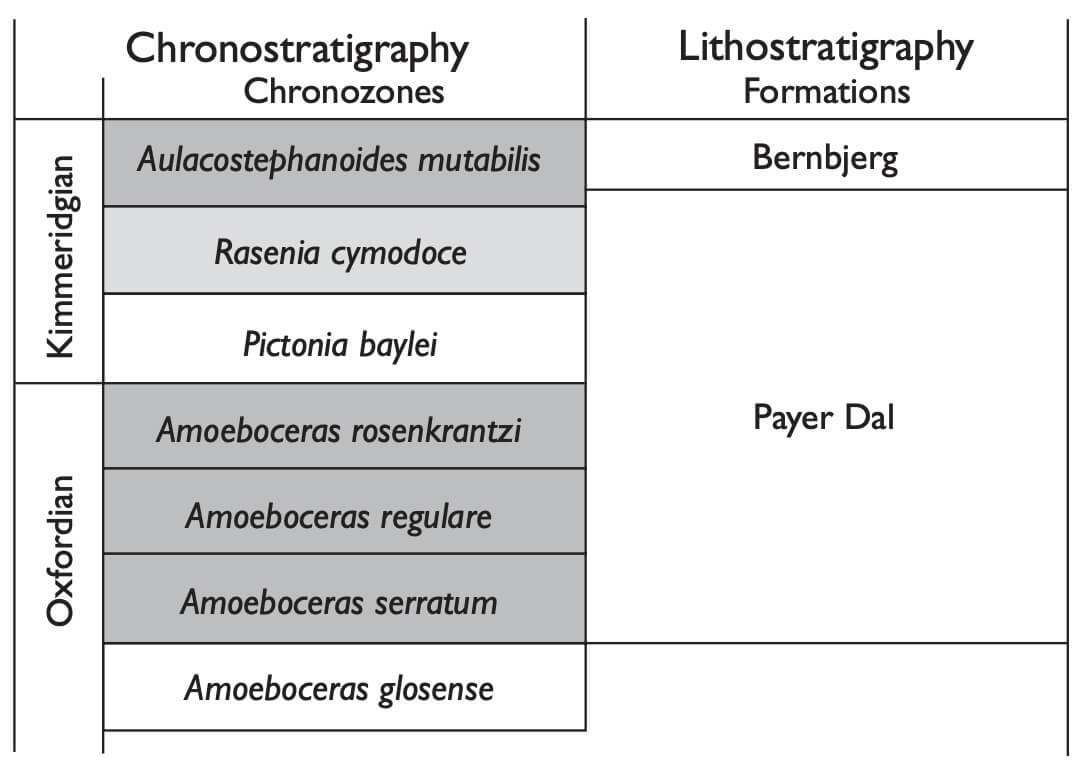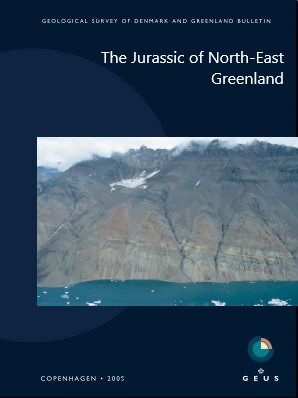
How to Cite
Share
Abstract
The Jurassic of Store Koldewey comprises a Middle Jurassic succession towards the south and an Upper Jurassic succession towards the north. Both successions onlap crystalline basement and coarse sediments dominate. Three main lithostratigraphical units are recognised: the Pelion Formation, including the Spath Plateau Member, the Payer Dal Formation and the Bernbjerg Formation. Rich marine macrofaunas include Boreal ammonites and the successions are dated as Late Bathonian – Early Callovian and Late Oxfordian – Early Kimmeridgian on the basis of new collections combined with material in earlier collections. Fine-grained horizons and units have been analysed for dinoflagellate cysts and the stratigraphy of the diverse and well-preserved flora has been integrated with the Boreal ammonite stratigraphy. The dinoflagellate floras correlate with contemporaneous floras from Milne Land, Jameson Land and Hold with Hope farther to the south in East Greenland, and with Peary Land in North Greenland and Svalbard towards the north. The Middle Jurassic flora shows local variations in East Greenland whereas the Upper Jurassic flora gradually changes northwards in East Greenland. A Boreal flora occurs in Peary Land and Svalbard. The characteristic and stratigraphically important species Perisseiasphaeridium pannosum and Oligosphaeridium patulum have their northernmost occurrence on Store Koldewey, whereas Taeniophora iunctispina and Adnatosphaeridium sp. extend as far north as Peary Land. Assemblages of dinoflagellate cysts are used to characterise significant regional flooding events and extensive sequence stratigraphic units.
How to Cite
Share
Downloads
Edited by L. Stemmerik and S. Stouge
The Jurassic rift succession of East Greenland has been intensely studied over the last 25 years, particularly within the main outcrop areas of Jameson Land and Wollaston Forland. The more isolated and poorly known outcrops on Traill Ø, Hold with Hope, Hochstetter Forland and [...]










